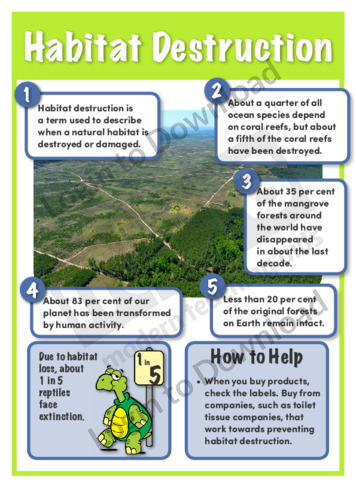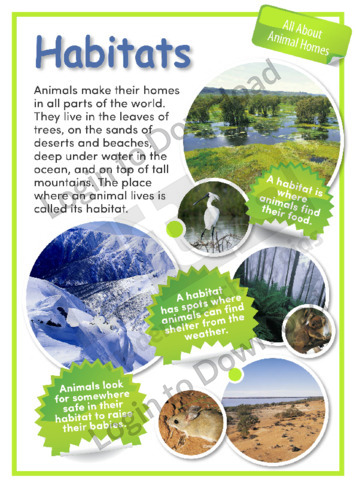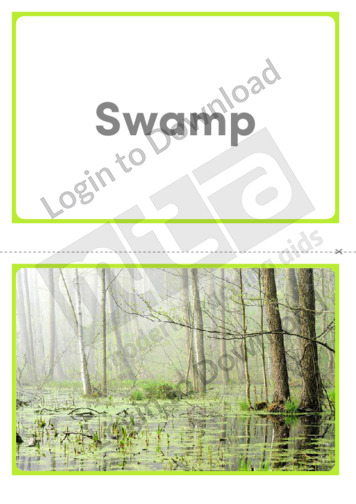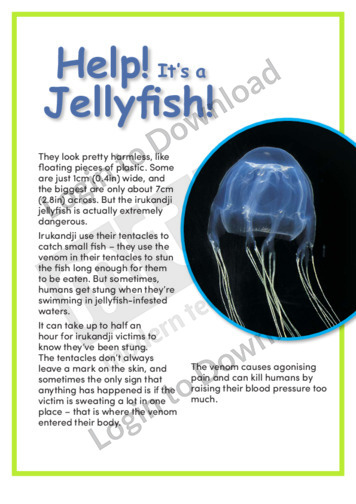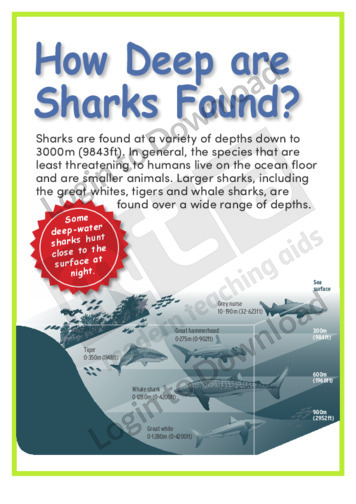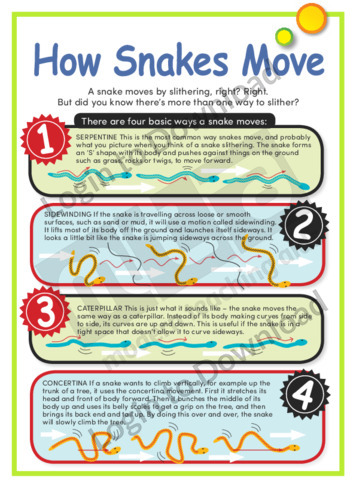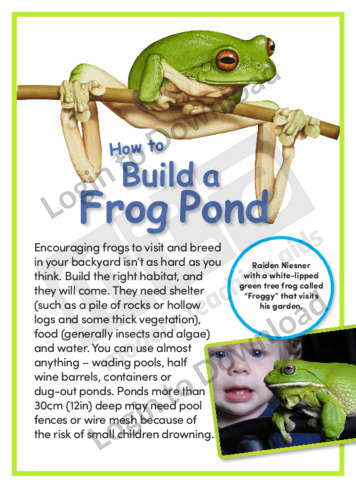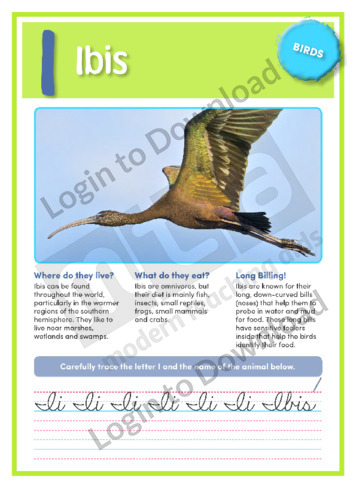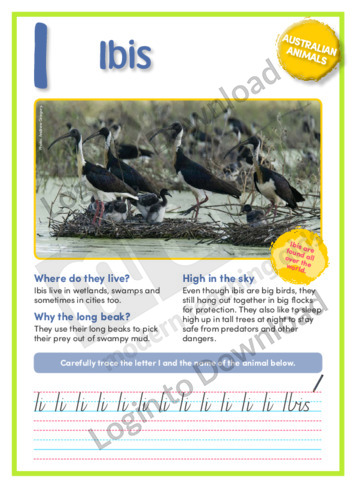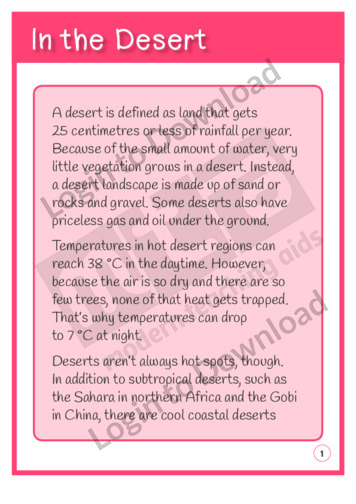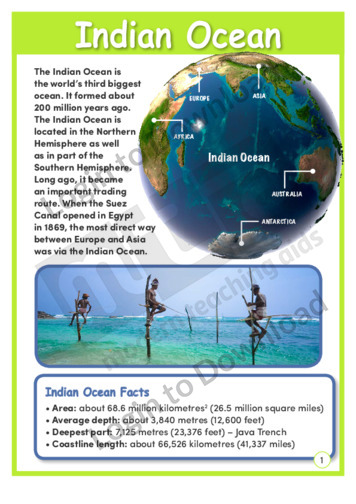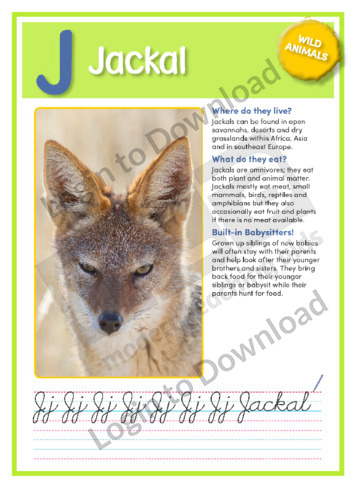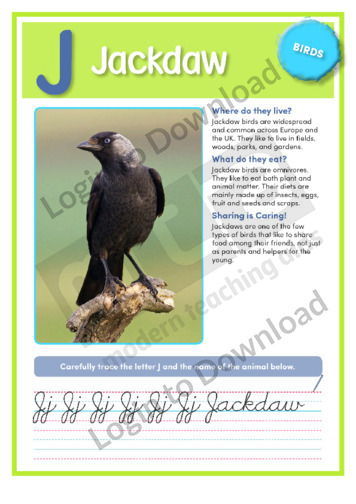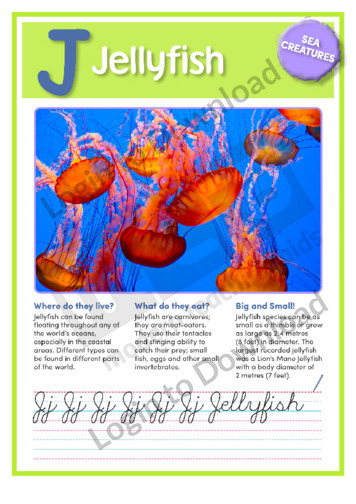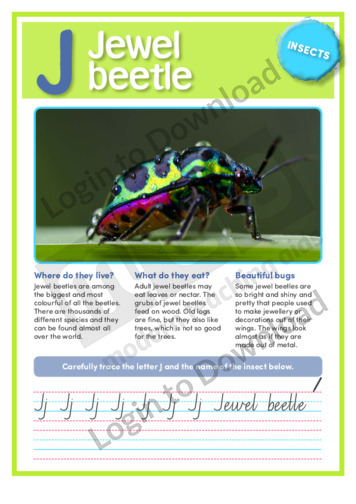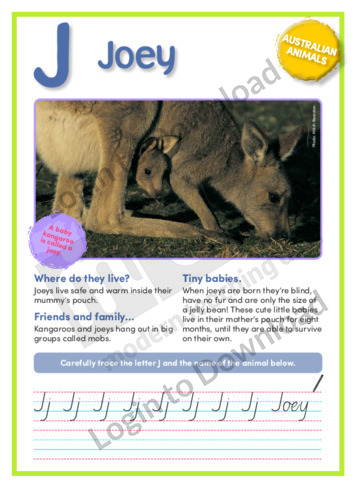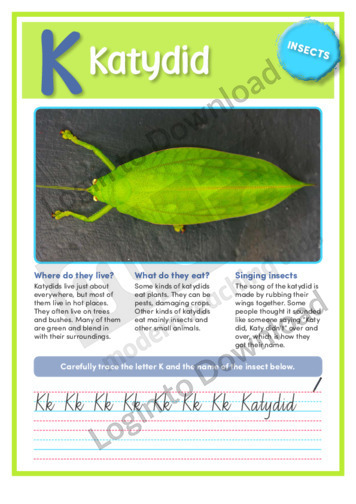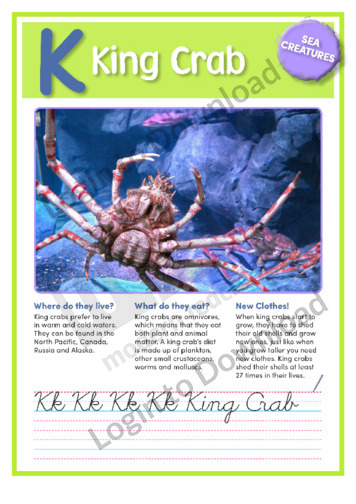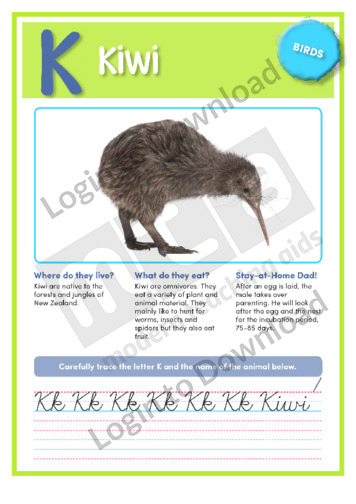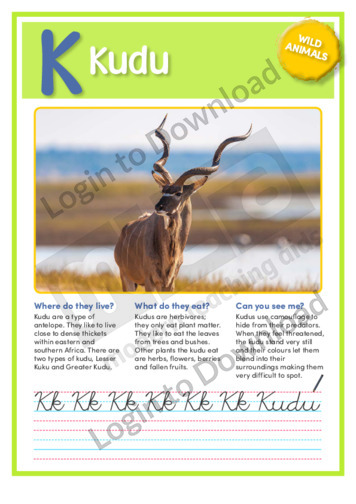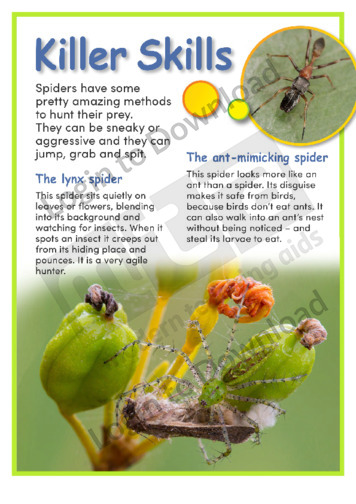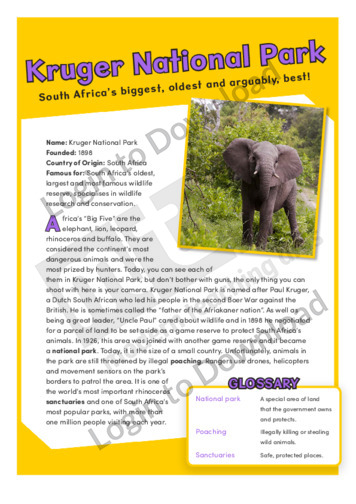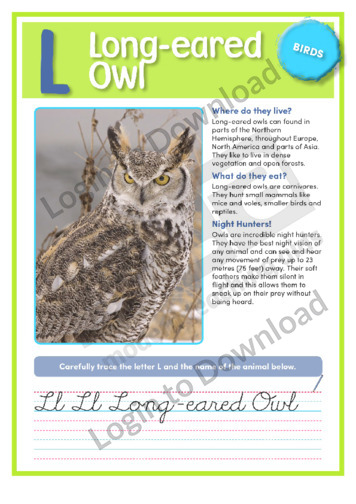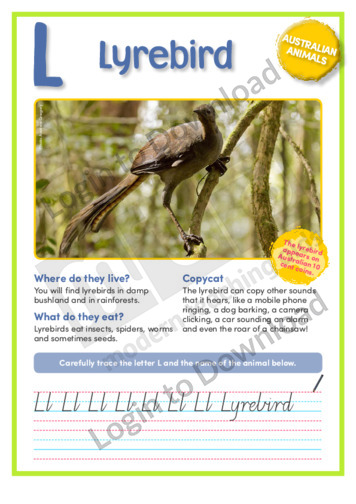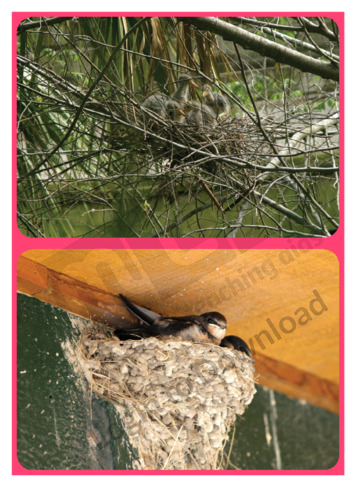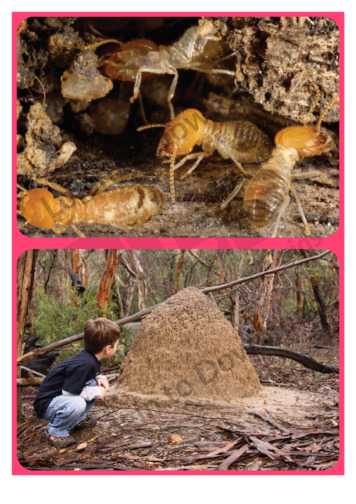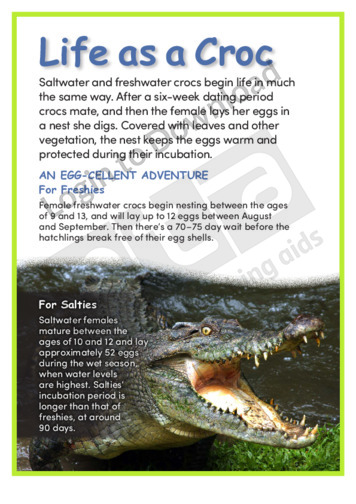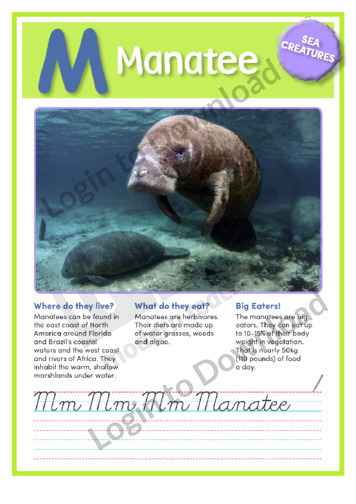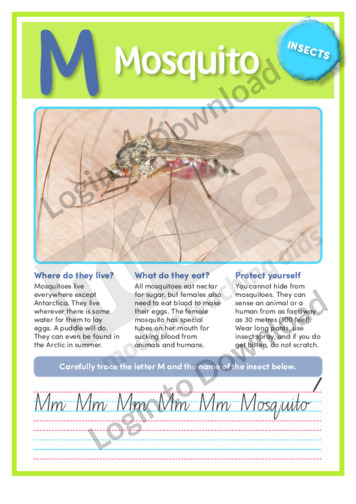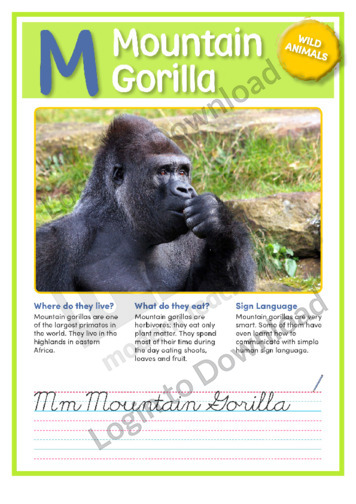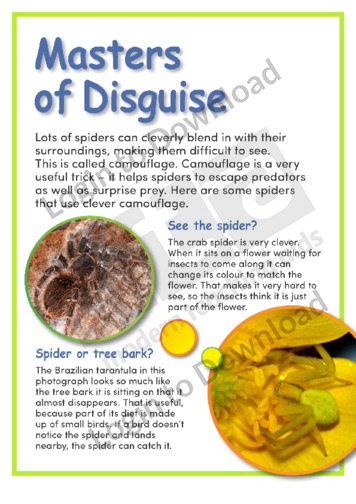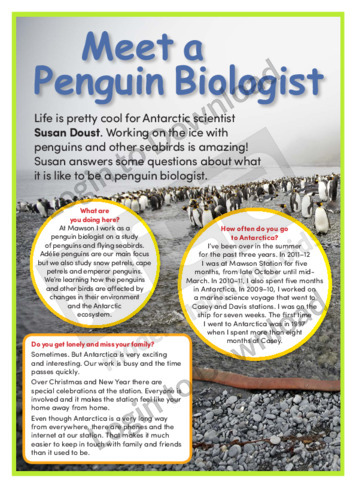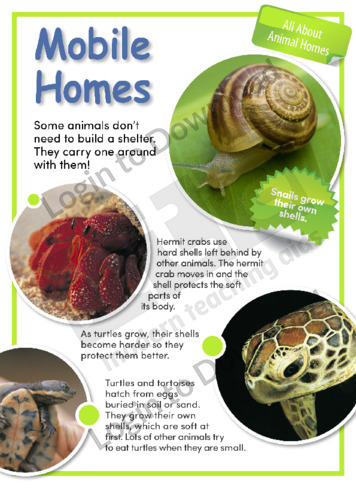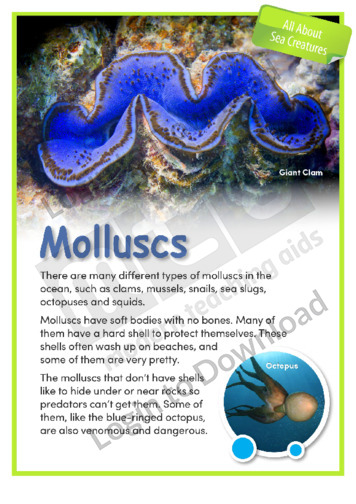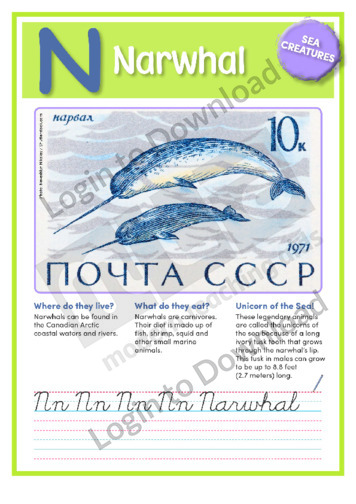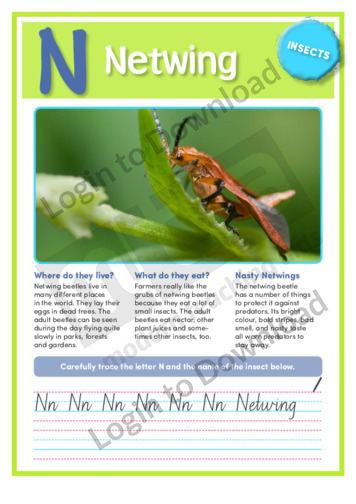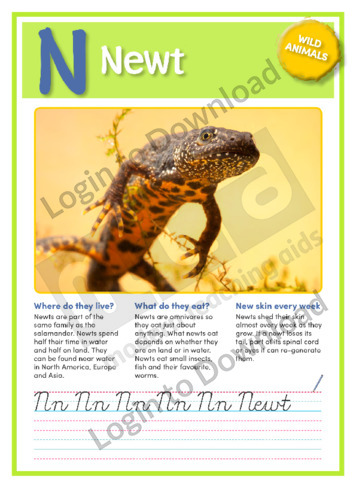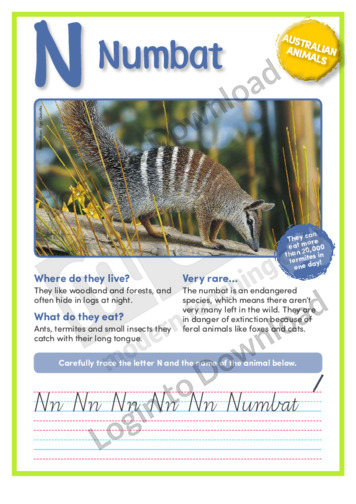This short nonfiction text, ‘H: Humpback Whale’ provides factual information about the Humpback Whale, exploring where they live, what they eat and other interesting facts.
This science article, ‘Habitat Destruction’ features five facts about the effect of habitat destruction on planet Earth. It provides factual information about habitat destruction, as well as ways to help lessen its impact on the environment. It is aimed at broadening students’ scientific and environmental awareness.
This article, ‘All About Animal Homes: Habitats’, describes different places animals make their homes. It provides factual information about animal habitats and includes colourful and engaging photographs.
This set of photo cards, ‘Habitats Photo Cards’ is a simple resource that encourages students to match the pictures of different types of habitats to their corresponding name. It is a great resource to introduce a unit on living things and life cycles and provides a platform for discussions and further research.
This article, ‘Help! It’s a Jellyfish!’, provides information about jellyfish. It features interesting facts about thi venomous creature and includes colourful and engaging photographs.
This article, ‘Hive of Activity’, provides information about the internal structure of man-made beehives. It describes the purpose of the various sections and describes how the bees use them. The text is supported by detailed illustrations.
This vocabulary development activity, ‘Home Sweet Home’ supports vocabulary development by encouraging students to make spinners to learn the types of homes in which different animals live. It is aimed at helping students recognise names of animal homes. It provides animal home spinners.
This article, ‘How Deep are Sharks Found?’, provides information about various species of sharks and at what depths they are likely to be found. The text is accompanied by diagrammatic illustrations.
This article, ‘How Snakes Move’ provides information about the ways in which different snakes move depending on their environment or their own physical features. It also introduces students to various terms relating to snakes’ physical features and movements. The text is supported by detailed diagrams and several photographs.
This article, ‘How to Build a Frog Pond’, explains how to build a frog pond. It is aimed at encouraging students to participate in environmental activities and features colourful and engaging photographs.
This article, ‘Huntsman Spider’, provides information about the spider’s habitat, life cycle, diet and behaviour. It includes a detailed Fact File of statistics and also displays full-colour close-up photographs of the spider in different colour forms.
This short nonfiction text, ‘I: Ibis’ provides factual information about the Ibis, exploring where they live, what they eat and other interesting facts.
This short nonfiction text, ‘I: Ibis’ provides factual information about the Australian animal the Ibis.
This short nonfiction text, ‘I: Icefish’ provides factual information about the Icefish, exploring where they live, what they eat and other interesting facts.
This short nonfiction text, ‘I: Impala’ provides factual information about the Impala, exploring where they live, what they eat and other interesting facts.
This short nonfiction text, ‘I: Inchworm’ provides factual information about the Inchworm, exploring where they live, what they eat and other interesting facts. The resource also provides a photo of the insect and guided handwriting practice that can be used to supplement the informational text.
This reading comprehension activity, ‘In the Desert’ asks students to answer questions about different kinds of deserts. It is aimed at increasing students’ awareness of semantics and encourages students to recall information, draw conclusions and make predictions.
This science article, ‘Indian Ocean’ features different aspects of the Indian Ocean. It provides factual information about busy ports in three different countries that are surrounded by the Indian Ocean. It is aimed at broadening students’ scientific and geographical awareness in an engaging manner.
This short nonfiction text, ‘J: Jackal’ provides factual information about the Jackal, exploring where they live, what they eat and other interesting facts.
This short nonfiction text, ‘J: Jackdaw’ provides factual information about the Jackdaw, exploring where they live, what they eat and other interesting facts.
This short nonfiction text, ‘J: Jellyfish’ provides factual information about the Jellyfish, exploring where they live, what they eat and other interesting facts.
This short nonfiction text, ‘J: Jewel beetle’ provides factual information about the Jewel beetle, exploring where they live, what they eat and other interesting facts. The resource also provides a photo of the insect and guided handwriting practice that can be used to supplement the informational text.
This short nonfiction text, ‘J: Joey’ provides factual information about the Australian animal the Joey.
This short nonfiction text, ‘K: Katydid’ provides factual information about the Katydid, exploring where they live, what they eat and other interesting facts. The resource also provides a photo of the insect and guided handwriting practice that can be used to supplement the informational text.
This short nonfiction text, ‘K: King Crab’ provides factual information about the King Crab, exploring where they live, what they eat and other interesting facts.
This short nonfiction text, ‘K: Kiwi’ provides factual information about the Kiwi, exploring where they live, what they eat and other interesting facts.
This short nonfiction text, ‘K: Koala’ provides factual information about the Australian animal the Koala.
This short nonfiction text, ‘K: Kudu’ provides factual information about the Kudu, exploring where they live, what they eat and other interesting facts.
This article, ‘Spiders: Killer Skills’, provides information about how spiders immobilise or kill their prey. Full-colour photographs display several species and describe a variety of killing techniques.
This history article, ‘Kruger National Park’ features South Africa’s oldest, largest and most famous game reserve. It provides factual information about the animals who live there, the park’s founder, Paul Kruger, and current efforts to fight poaching, along with a glossary of unfamiliar words and terms from the text. It is aimed at broadening students’ …More
This short nonfiction text, ‘L: Ladybird beetle’ provides factual information about the Ladybird beetle, exploring where they live, what they eat and other interesting facts. The resource also provides a photo of the insect and guided handwriting practice that can be used to supplement the informational text.
This short nonfiction text, ‘L: Lemur’ provides factual information about the Lemur, exploring where they live, what they eat and other interesting facts.
This short nonfiction text, ‘L: Little Penguin’ provides factual information about the Little Penguin, exploring where they live, what they eat and other interesting facts.
This short nonfiction text, ‘L: Long-eared Owl’ provides factual information about the Long-eared Owl, exploring where they live, what they eat and other interesting facts.
This geography article, ‘Loon’, features factual information about the bird that is featured on the Canadian one dollar coin. It is aimed at broadening students’ geographical and historical awareness in an engaging manner.
This short nonfiction text, ‘L: Lyrebird’ provides factual information about the Australian animal the Lyrebird.
This Readers Theatre activity, ‘Learn About Ducks’ encourages students to summarise and paraphrase information in texts. It also builds reading fluency. This activity includes a script for 5 readers.
This oral language photo activity ‘Bird Nests’, enhances vocabulary and concept development by providing a thought-provoking visual stimulus that can be used as a prompt to engage students in discussion. Each photo is complete with an accompanying lesson plan featuring tips and activities to develop oral language and vocabulary further.
This oral language photo activity ‘Birds with Hanging Nest’, enhances vocabulary and concept development by providing a thought-provoking visual stimulus that can be used as a prompt to engage students in discussion. Each photo is complete with an accompanying lesson plan featuring tips and activities to develop oral language and vocabulary further.
This oral language photo activity ‘Termites and Nests’, enhances vocabulary and concept development by providing a thought-provoking visual stimulus that can be used as a prompt to engage students in discussion. Each photo is complete with an accompanying lesson plan featuring tips and activities to develop oral language and vocabulary further.
This article, ‘Life as a Croc’, provides information about crocodiles. It describes the reproduction process of saltwater and freshwater crocs and features colourful and engaging photographs.
This article, ‘All About Reptiles: Lizards’, provides information about lizards. It features interesting facts about these reptiles and includes colourful and engaging photographs.
This short nonfiction text, ‘M: Macaw’ provides factual information about the Macaw, exploring where they live, what they eat and other interesting facts.
This short nonfiction text, ‘M: Magpie’ provides factual information about the Australian animal the Magpie.
This short nonfiction text, ‘M: Manatee’ provides factual information about the Manatee, exploring where they live, what they eat and other interesting facts.
This short nonfiction text, ‘M: Mosquito’ provides factual information about the Mosquito, exploring where they live, what they eat and other interesting facts. The resource also provides a photo of the insect and guided handwriting practice that can be used to supplement the informational text.
This short nonfiction text, ‘M: Mountain Gorilla’ provides factual information about the Mountain Gorilla, exploring where they live, what they eat and other interesting facts.
This article, ‘All About Sea Creatures: Mammals’, describes marine mammals. It provides factual information and features colourful and engaging photographs.
This article, ‘Spiders: Masters of Disguise’, provides information about spiders’ ability to camouflage themselves. Full-colour photographs provide vivid examples of camouflage strategies.
This article, ‘Meet a Penguin Biologist’, features an interview with penguin biologist Susan Doust. Susan describes the work she does in Antarctica and what it is like to live far away from her friends and family.
This article, ‘All About Sea Creatures: Meet a Seahorse’, describes seahorses. It provides factual information and features colourful and engaging photographs.
This article, ‘All About Sea Creatures: Meet a Starfish’, provides information about starfish. It includes colourful photographs to engage students.
This article, ‘All About Sea Creatures: Meet an Octopus’, features interesting facts about octopuses. It includes colourful photographs to engage students.
This article, ‘All About Animal Homes: Mobile Homes’, profiles animals that carry their homes around with them. It provides factual information about these animals and includes colourful and engaging photographs.
This article, ‘All About Sea Creatures: Molluscs’, describes molluscs. It provides factual information and features colourful and engaging photographs.
This short nonfiction text, ‘N: Narwhal’ provides factual information about the Narwhal, exploring where they live, what they eat and other interesting facts.
This short nonfiction text, ‘N: Netwing’ provides factual information about the Netwing, exploring where they live, what they eat and other interesting facts. The resource also provides a photo of the insect and guided handwriting practice that can be used to supplement the informational text.
This short nonfiction text, ‘N: Newt’ provides factual information about the Newt, exploring where they live, what they eat and other interesting facts.
This short nonfiction text, ‘N: Nightingale’ provides factual information about the Nightingale, exploring where they live, what they eat and other interesting facts.
This short nonfiction text, ‘N: Numbat’ provides factual information about the Australian animal the Numbat.
It�s that easy!


